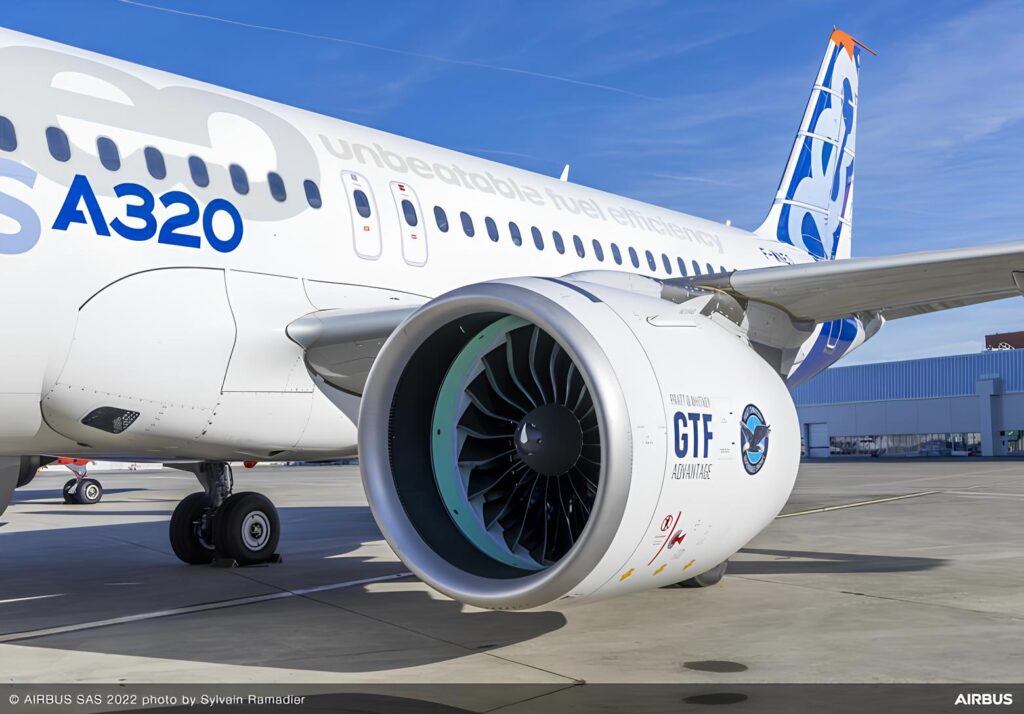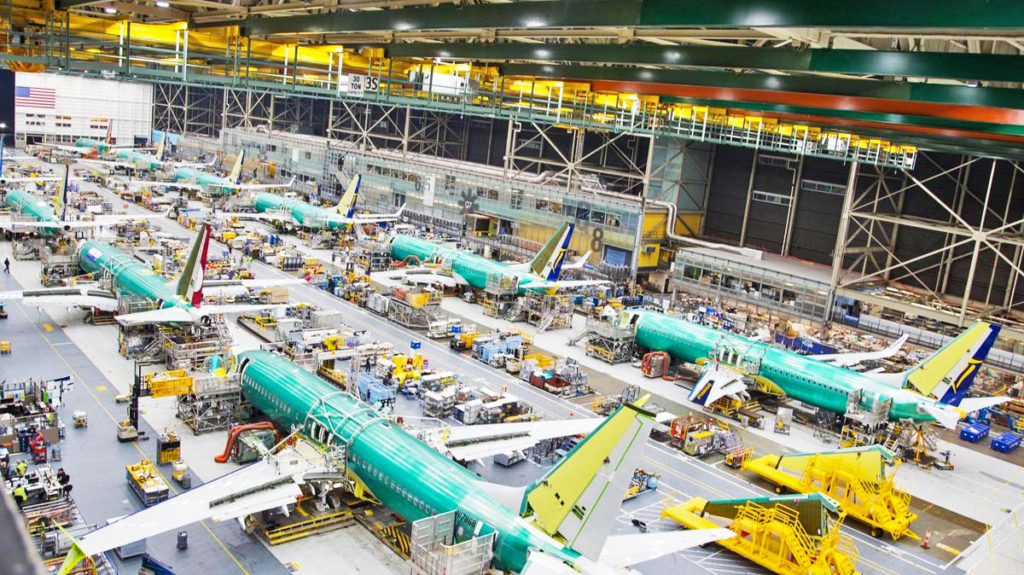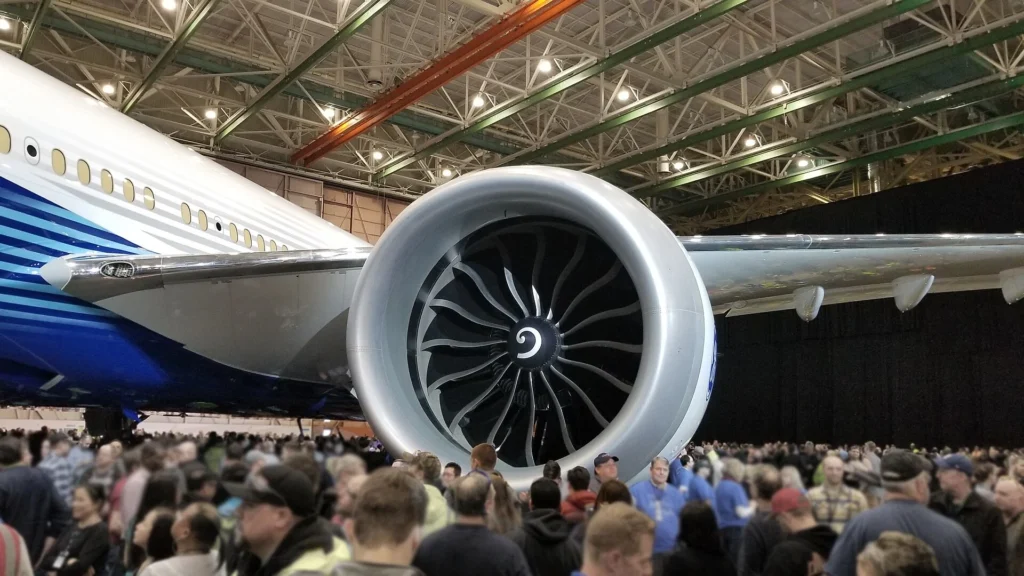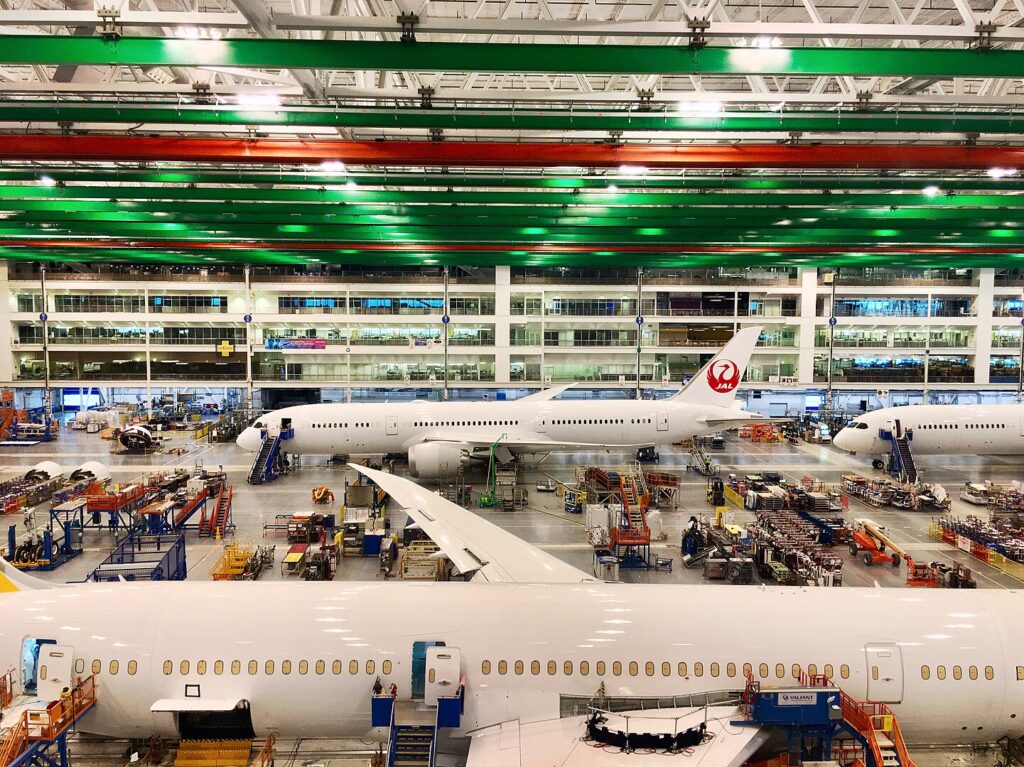Airbus delivered 51 aircraft in May 2025, while Boeing reported 45 deliveries, matching its April total. No new orders were secured by Airbus, but the European manufacturer is preparing for significant announcements at the Paris Air Show.
Boeing, meanwhile, logged a record 303 gross orders in May, including a historic widebody deal with Qatar Airways. Despite a growing backlog, Boeing’s deliveries remain flat amid ongoing supply chain hurdles.

Airbus and Boeing: Orders and Deliveries
In May 2025, Airbus delivered 51 commercial jets, down from 56 in April, comprising five A220s, 40 A320neo family aircraft, three A330neos, and three A350s.
The narrowbody production slowdown underscores persistent supply chain constraints, with Airbus reaffirming a production target of 75 A320neo-family aircraft per month by 2027.
Yet, the May production tally of just 39 units highlights the gap between ambition and reality.
Boeing matched its April delivery count with 45 jets, maintaining consistent monthly output but showing little progress toward scaling.
Deliveries included 31 737 MAXs, one 737-800A, one 767, five 777s, and seven 787s.
Notably, Boeing reached an FAA-authorized 737 MAX production rate of 38 per month in May and resumed MAX deliveries to China, a positive signal after long-standing trade tensions.
Despite delivering 220 aircraft year-to-date, Boeing has not declared a formal 2025 delivery target.
Airbus, by contrast, aims for 820 total deliveries in 2025, requiring a monthly average of 82 for the rest of the year, a target now in serious doubt, with only 243 aircraft delivered through May.

Production Constraints
Widebody aircraft remain a challenge for both manufacturers. Airbus delivered only three A350s in May and produced just one, far below its original goal of 10 per month.
The revised target now stands at six, a limit shaped by component shortages. Total A350 deliveries for 2025 stood at just 16 through May.
The A330neo program remains steady, averaging three to four units monthly, while the A220 program saw five deliveries against eight units produced in May.
Airbus still targets a monthly A220 rate of 14 by 2026, though Forecast International doubts this will be achievable without a significant surge in orders, given the current 486-unit backlog.
Boeing’s widebody performance was driven by seven 787s in May, part of a year-to-date total of 28.
Boeing aims for a monthly 787 rate of seven by year-end and 10 by 2026. However, with 948 aircraft backlogged and tariff-driven uncertainties, delays remain likely.
Boeing’s 777 program aligns with its target of three monthly units, totaling 16 so far in 2025. The 777X remains in pre-certification, with the first delivery to Lufthansa (LH) slated for 2026, pending certification. Entry of the 777-8 freighter has now been delayed from 2027 to 2028.

Boeing Surges, Airbus Holds
Boeing dominated May’s order book with 303 gross aircraft orders. These included 146 737 MAXs, 30 777Xs, and 127 787s, many driven by a $96 billion order from Qatar Airways (IATA: QR), the largest widebody order in Boeing’s history.
While the deal boosts long-term prospects, it also stretches Boeing’s backlog to about 11.5 years of output.
Airbus recorded zero new orders in May, likely in anticipation of announcements at the upcoming Paris Air Show.
Forecast International expects Airbus to secure at least 225 orders during the event, including a potential 25-A350 order from Riyadh Air (RX) and large narrowbody deals from VietJet (VJ) and AirAsia (AK), which may also order A220s.
This delay in new business is strategic, though industry analysts also caution that growing global tariffs and macroeconomic concerns may suppress post-show order momentum.

Backlog and Long-Term Outlook
As of May 31, Airbus reported a commercial aircraft backlog of 8,617 jets, with nearly 89% comprising the A220 and A320neo families.
Boeing listed 6,528 aircraft, excluding adjusted “ghost” orders. Approximately 74% of its backlog consists of the 737 MAX.
Based on 2025 production rates, Airbus’s backlog equals 10.5 years of output; Boeing’s spans 11.5 years.
These long horizons underscore the imbalance between demand and production capacity, with supply chain instability as a persistent bottleneck.
Stay tuned with us. Further, follow us on social media for the latest updates.
Join us on Telegram Group for the Latest Aviation Updates. Subsequently, follow us on Google News

